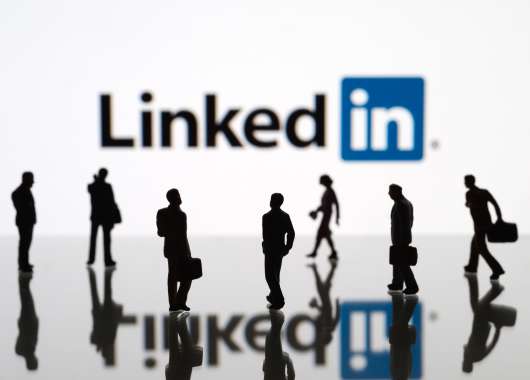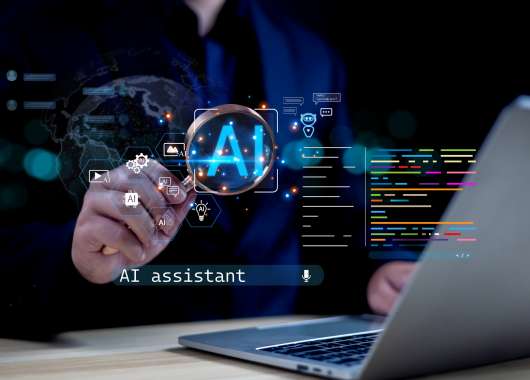Yes, they are. Government agencies perform thousands of searches on platforms provided by private contractors and government foundations such as Clearview AI, Thorn, IntelCenter, and Marinus Analytic.
Law enforcement agents use the tools to support criminal investigations, fight crime, and enhance government agency service offerings. One of them is CBP’s Global Entry – a program that almost solely relies on facial recognition technology to operate.
Facial recognition is helpful when it comes to fighting child predators, terrorists, human traffickers, etc. Clearview AI even proudly states it helped shape the war in Ukraine.
However, having such powerful tools widely accessible to untrained federal employees presents civil rights and privacy risks.
A recent report by the United States Government Accountability Office (GAO) determined that most government employees taking advantage of powerful facial recognition tools are not adequately trained to do so.
The report addresses issues with seven government agencies: FBI, CBP, DEA, HIS, Secret Service, Marshall Service, and the Bureau of Alcohol, Tobacco, Firearms and Explosives.
The report states that all seven agencies started using the services without training employees. Untrained federal agents have performed tens of thousands of searches. The information does not provide any direct evidence of platform misuse by federal employees but leaves the door open that unbriefed staff could intentionally/unintentionally cause privacy infringements.
It is not unheard of for agencies to not track employee use of non-federal (e.g., state and commercial) systems, and according to GAO, this puts agencies at risk of violating privacy rules. For example, Clearview AI allows federal agents to access to over 30 billion images.
It is scary to know that federal agents whose searches are not logged have access to such an enormous database, and no one knows for sure how many searches are being performed at any time nor the purpose of the searches.
Some agencies do not even track the type of facial recognition services their employees use, much less the details about searches or usage occurrence.
GAO takes a particular jab at the FBI, stating that nearly two hundred FBI agents accessed multiple facial recognition technology tools, but only a fraction were trained. Less than six percent of the agents who searched among tens of billions of images actually had training, which GAO points out is recommended as a best practice but not compulsory at the agency.
GAO is trying to change that and has provided recommendations to the FBI and all seven agencies included in their latest report.






